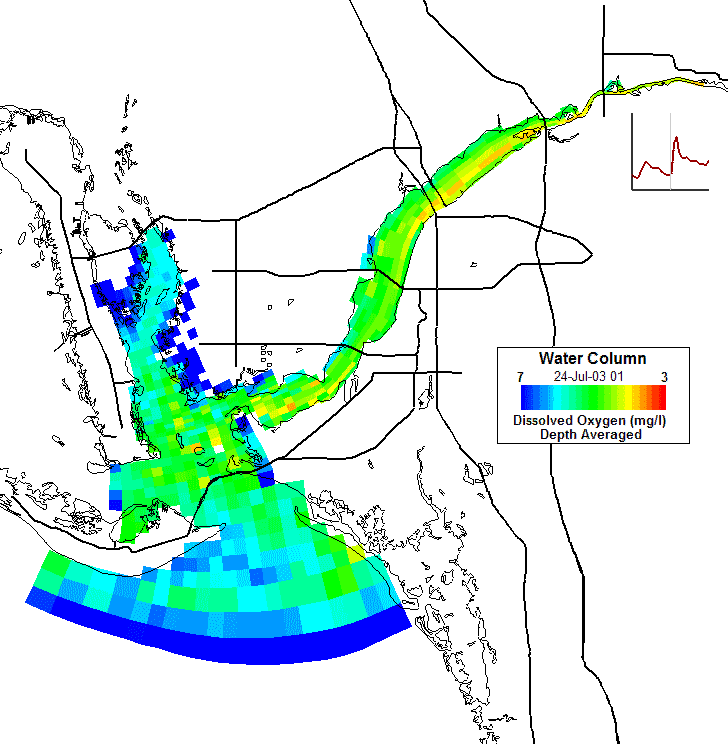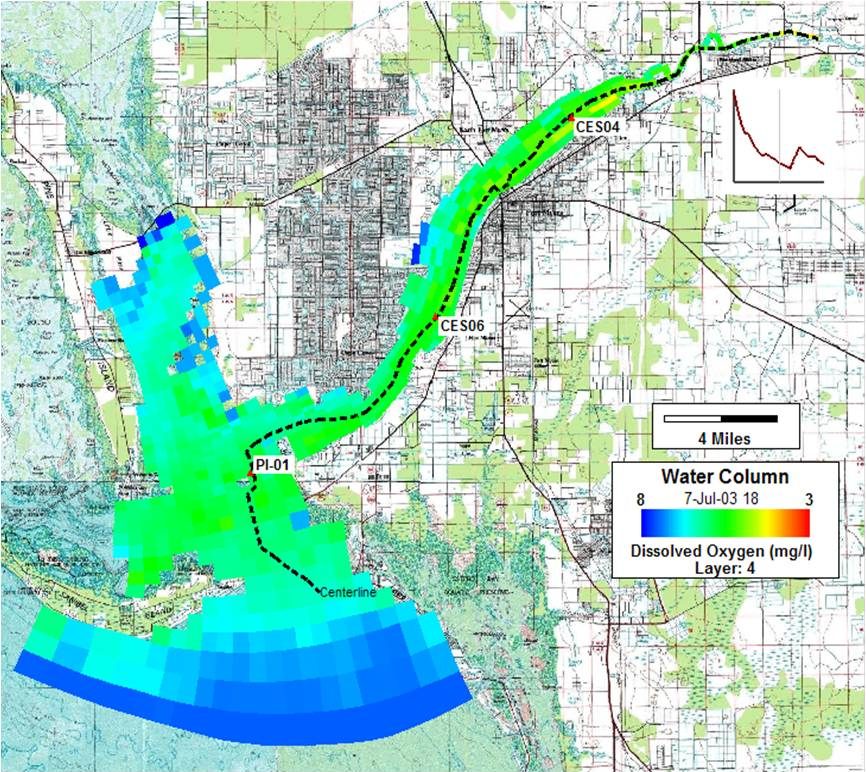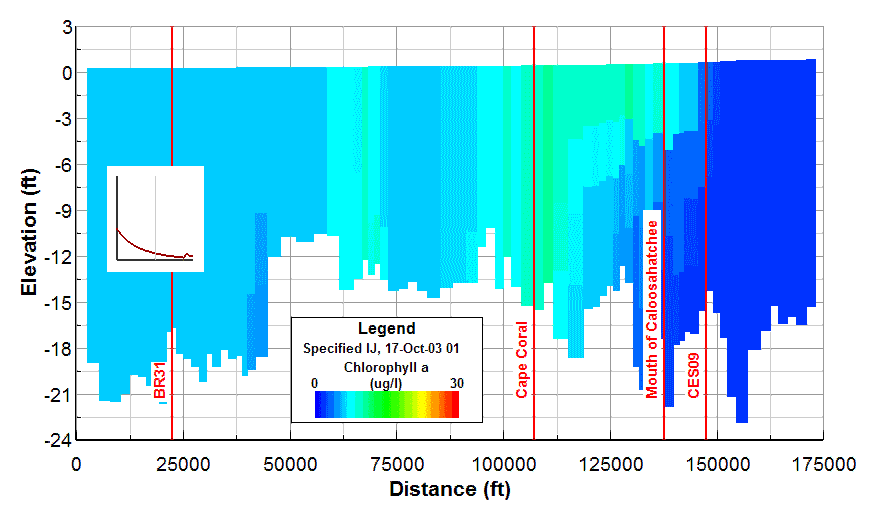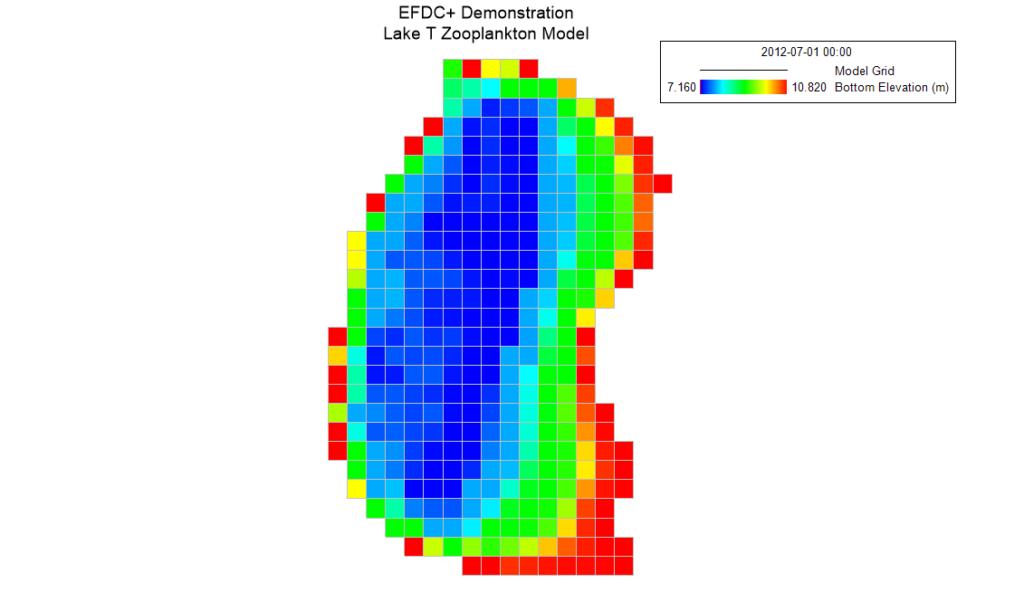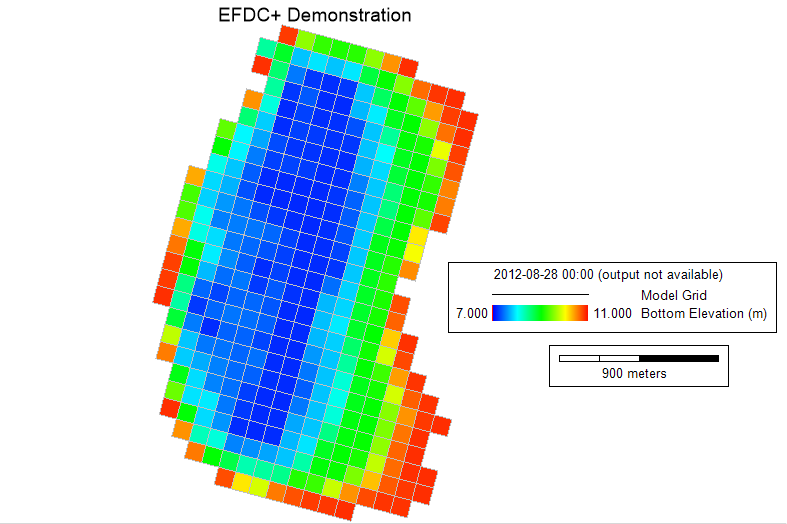Challenges with Eutrophication Studies
The US Environmental Protection Agency (EPA) describes nutrient pollution as “one of America’s most widespread, costly and challenging environmental problems.” This issue is of significant concern world-wide, with considerable resources now being committed in Asia and Europe to study eutrophication in streams, rivers, lakes, bays and coastal waters and related economic, environmental and human health issues.
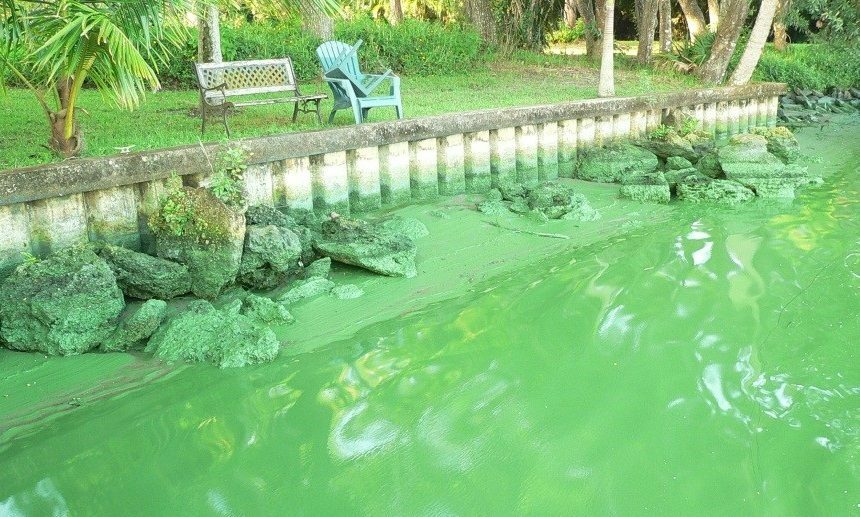
Solutions Provided by EEMS
EEMS has powerful water quality simulation and analysis features. EFDC+ provides simulation of 23 water quality (WQ) parameters, including a full sediment diagenesis model. The post-processing options for WQ includes 2-D plan (by layer or depth averaged), vertical section plots, and a range of animations. Unlike similar tools such as MIKE or DELFT, EEMS has all the tools available in one fully equipped package.
EEMS is regularly used to simulate the growth and decay of algae and the its impact on dissolved oxygen, as well as phosphorus and nitrogen cycles. The WQ sub-model is internally coupled with hydrodynamics and sediment transport sub-model to allow smooth exchange of constituents with the atmosphere and the sediment bed.
Examples of Studies Done with EEMS
Typical examples of water quality studies include:
Tenkiller Ferry Lake WQ Study, OK/IL, USA
Little Bow River Water Quality Model Development, Alberta, Canada
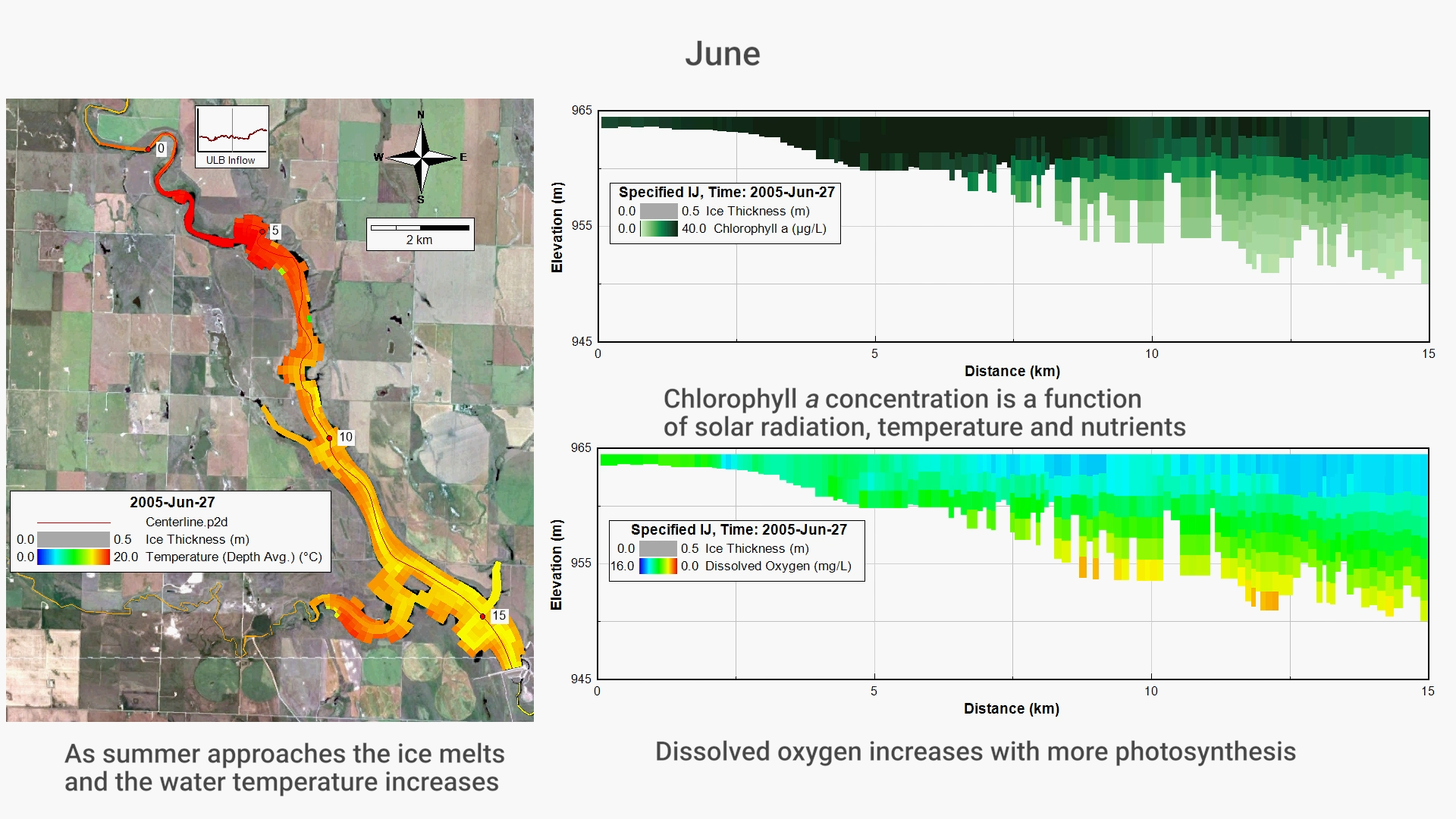
Caloosahatchee River Basin Hydrologic, Hydrodynamic and WQ Modeling, FL, USA
The images below demonstrate EE visualizations of WQ parameters from the TMDL study of Caloosahatchee Estuary, Florida. The plan view animation displays the depth averaged DO values as algal blooms form in the estuary. A track through the model domain has been defined by the user and a profile animation along that path shows chlorophyll a formation near the surface later in the same year.
Download Example EE Models
Download an example model and run with the free EEMS Demo Version.
This model has been developed to demonstrate water quality and zooplankton simulation of Lake Thonotosassa. This model may be used as a guide to build other WQ models and can be loaded and run in the free demo mode of EEMS.
This model is provided as a useful exercise in how to build hydrodynamic model, and from that a water quality model, using available data, which is provided in the “Data” folder of this download. The steps to do this are provided in the How-to-guides in the EE Knowledge Base. The final models are also provided for comparison.
